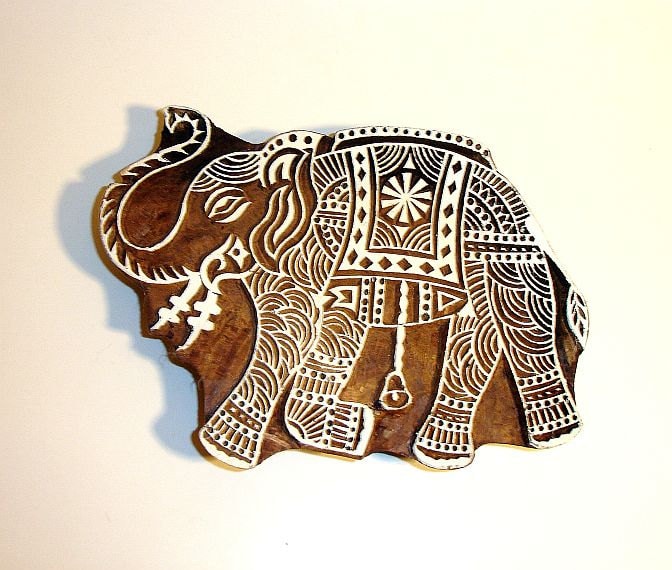Brief
Through
a series of workshops, tutorials, museum visits and independent research, I will design and make a sculptural or functional object out of clay. During
this module they will encourage me to think through materials and processes and
develop tacit knowledge related to ceramic practice. I will be taught a
variety of hand building methods and surface decoration techniques, in order to
produce a piece of work that is referring to a specific political subject that I feel strongly about. I could
choose to create an installation or a single object. I will need to
demonstrate the design process through my sketchbook and technical journal.
Module Aims:
*To broaden awareness and experience of complementary art design and media processes methods and materials.
*To provide the opportunity for students to explore interdisciplinary solutions and build skills and knowledge that will allow them to develop these relationships in the future.
Timetable
Week 1 – Intro to
the brief, Presentation on political ceramics.
Visit to the City
museum and art gallery
Homework: Research
the theme of political ceramics, draw initial designs for your protest pot.
Week 2 – Demonstration:
Rolling slabs and producing stamps for relief decoration
Homework: Design development in Sketchbooks;
produce a profile for a ceramic pot out of card, wood or plastic.
Week
3 – Demonstration: coil building. Start coil building your pot.
(You will need to use the profile you have made last week.)
Week 4 – Group critique:
You will present you sketchbook and discuss your ideas.
Demonstration:
Surface decoration, inlay, scraffito & stencils.
Practice
surface decoration and / or coil building.
(You will need to
use some of the tiles you produced in week two)
Week 5 – Demo: Screen
printing, ceramic transfers
Week 6 – Finish
building the pot and all slip decoration. One – one technical support.
By the
end of this session, all work needs to be placed in the kiln room for firing.
Please note: in order to
hand in your work on time, is important not to miss this dead line.
Week 7 – Demo:
Glazing & Majolica
Glaze all your work
and arrange firings.
Week 8 – Surface
decoration: Apply ceramic transfers on the glazed work
Evaluate project
Week 9 – Hand in /
Assessment
Initial Ideas
For my political pot my initial idea was to look into animal conservation as this is a huge ongoing political issue. Every 20 minutes, the world adds another 3,500 human lives but loses one or more entire species of animal or plant life - at
least 27,000 species per year. At the present rates of extinction, as many as 20% of the world's 7-15 million species could be gone in the next 30 years. This rate of extinction has been unprecedented since the disappearance of dinosaurs 65 million years ago. In particular I would like to focus my attention on African Elephants. 5 -10 million African elephants existed in 1930. Less than 1% of that number (approximately 600,000) remained when they were added to the international list of the most endangered species in 1989. In 2010 Elephant poaching had risen to an average of 104 elephants a day in Africa. Soon their species will be wiped out.
Threats to survival
- Habitat loss due to land being used for coffee, tea, rubber, and teak farming
- Iron ore mining and a sharp rise in human population (Daniel 1992)
- Poachers and the illegal ivory trade
- Mammoth ivory, as much as 60 tons/year, helps keep demand high for ivory products and may mask illegal trade in elephant ivory (McCarthy 2010)
- Conflict between human and elephant populations
http://www.africanconservancy.org/about/documents/Facts.pdf
African Elephant Facts:
- Weighing up to 6000 kg (6.6 tons) and measuring up to 3.3 m (10 ft.) at the shoulder, the African elephant is the world’s largest land mammal.
- It is characterized by its highly dexterous trunk, long curved tusks, and massive ears.
- A combination of the upper lip and nose, an African elephant’s trunk is extremely versatile.
- Elephants use their trunk for smelling, breathing, detecting vibrations, caressing their young, sucking up water, and grasping objects.
- The tip of their trunk is comprised of two opposable extensions, or fingers, which allow for extreme dexterity.
- Although tusks are present at birth, the “baby tusks” fall out after a year, and permanent ones replace them. These tusks will continue to grow throughout the elephant’s life.
- The ears’ large surface area helps radiate excess heat under the harsh African sun.
http://www.animalfactguide.com/animal-facts/african-elephant/
Elephant Artwork

http://26.media.tumblr.com/tumblr_lpzyub75TO1qbma4ko1_400.jpg

http://farm7.static.flickr.com/6138/5999139861_9754c13026.jpg
https://encrypted-tbn3.gstatic.com/images?q=tbn:ANd9GcT4F8GTvbpyzkmV5wGMuNDzIokLcMVLLWt1SBYh47Gyocf0RDw15w

http://img1.etsystatic.com/011/0/6325474/il_fullxfull.411251189_1dnt.jpg
http://www.artfire.com/uploads/product/4/44/1044/4801044/4801044/large/indian_hand_carved_wood_textile_stamp_-_traditional_indian_elephant_ba5a7187.jpg
http://www.artfire.com/uploads/product/4/44/1044/4801044/4801044/large/indian_hand_carved_wood_textile_stamp_-_traditional_indian_elephant_ba5a7187.jpg
http://farm9.staticflickr.com/8531/8491302223_0688840f8a_b.jpg

http://www.artfire.com/uploads/product/1/371/46371/5846371/5846371/large/mini_elephant_hand_carved_rubber_stamp_handmade_elephant_stamp_0b505f78.jpg
https://encrypted-tbn1.gstatic.com/images?q=tbn:ANd9GcSo3ZIFLto9_6QbRNOMhIeiX4hV4aIP0IxLULtiErhlj0mN6d1oaw


No comments:
Post a Comment